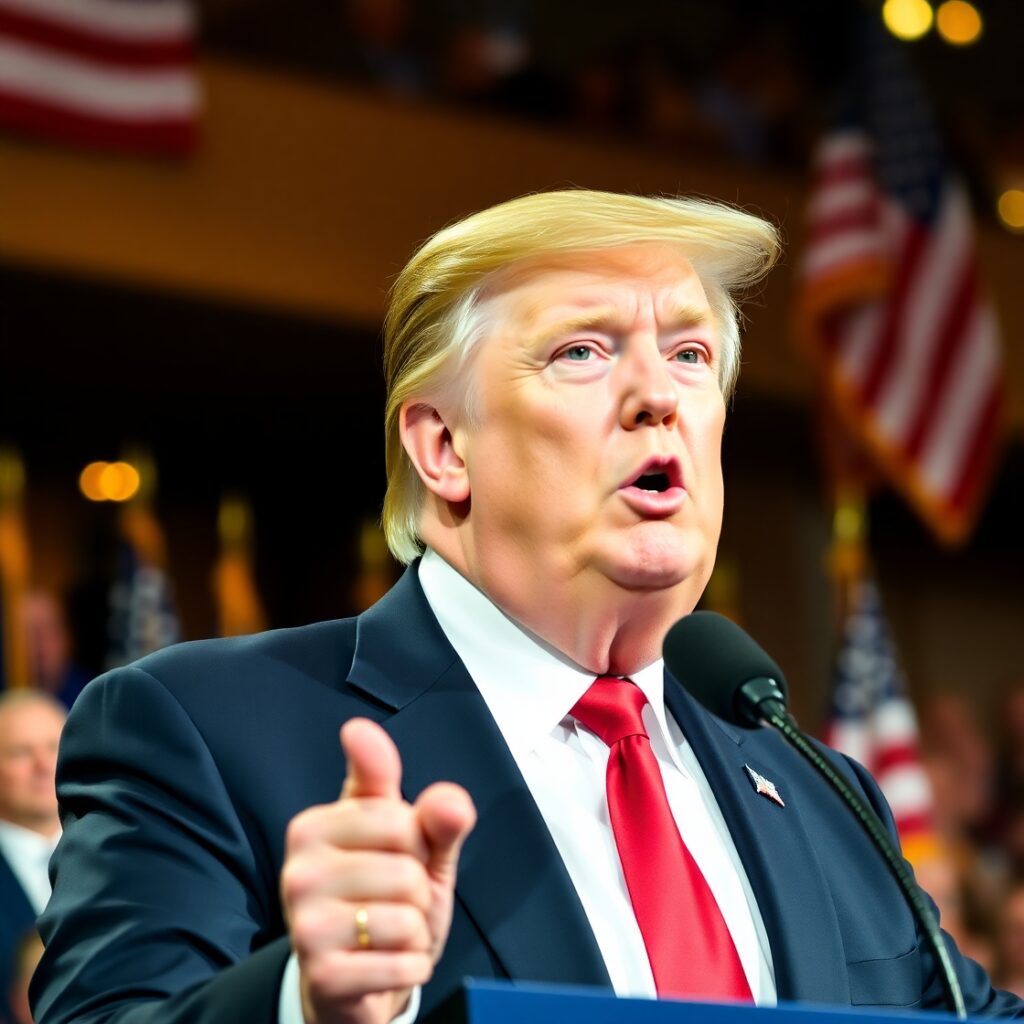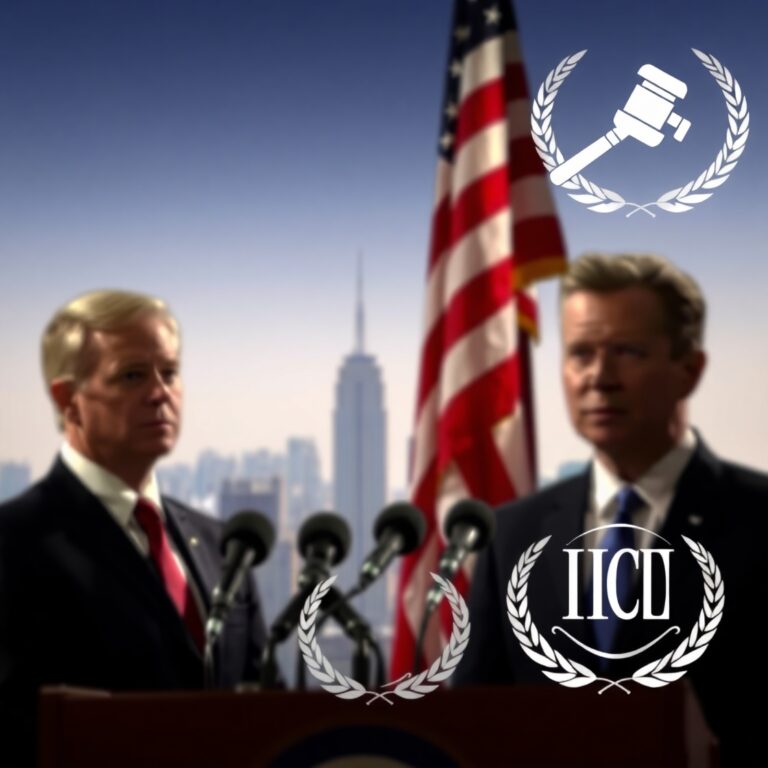
Washington D.C., July 8, 2025 — U.S. President Donald Trump has once again stirred international markets by unveiling a new series of tariffs targeting 14 countries, signaling a more aggressive phase of his administration’s trade strategy. The announcement comes amid growing uncertainty among America’s trading partners, many of whom were already bracing for a fresh round of protectionist policies.

According to statements made by Trump, some of the highest tariff rates will take effect on August 1, with nations like Myanmar and Laos facing duties as steep as 40%. Southeast Asia appears to be the most impacted region, with Thailand, Cambodia, and Bangladesh also facing significant new charges.
“We’re protecting American workers and leveling the playing field,” Trump said during a press briefing, while also suggesting that negotiations remain open in select cases.
🔍 Countries Facing New U.S. Tariffs:
- Laos – 40%
- Myanmar – 40%
- Thailand – 36%
- Cambodia – 36%
- Bangladesh – 35%
- Serbia – 35%
- Indonesia – 32%
- South Africa – 30%
- Bosnia & Herzegovina – 30%
- Malaysia, Tunisia, Japan, South Korea, Kazakhstan – 25% each
While deals have been successfully concluded with the United Kingdom and Vietnam, many other countries remain in limbo, awaiting the outcome of extended talks. Trump hinted that an agreement with India is nearly finalized but gave no firm timeline.
⏳ Deadline Flexible, But Pressure Mounts
Though August 1 has been set as the official implementation date for these tariffs, Trump clarified that the deadline is “not set in stone.” Countries willing to make further concessions might be able to avoid the harsher terms. However, he warned that retaliatory measures from other nations would be met with equivalent U.S. responses.
“If you raise tariffs on us, we’ll match your rate and add it to our base — plain and simple,” Trump stated on his Truth Social platform, specifically addressing nations like Japan and South Korea.
These new duties are separate from existing tariffs on steel, aluminum, and automobiles, meaning countries like Japan could face compounded rates. For example, Japanese auto exports, already taxed at 25%, could now face an effective tariff of 50% if no deal is reached.
🌍 Global Reactions Await
The announcement has already sparked reactions in financial circles and among global trade observers. Economists warn that the widening scope of tariffs could undermine global recovery and complicate U.S. relations with strategic allies.
As the clock ticks toward the revised August deadline, attention will now shift to how impacted countries respond—and whether this aggressive strategy will bring Trump the trade victories he seeks or provoke another round of retaliatory economic measures.


